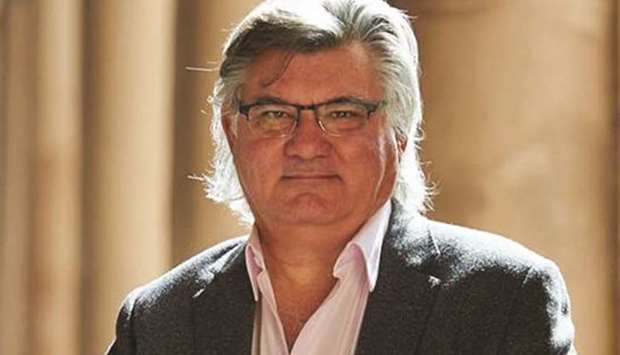The College of Islamic Studies (CIS) at Hamad Bin Khalifa University (HBKU) is hosting and collaborating on a series of lectures on Islamic art and architecture during April.
A collaboration with the Museum of Islamic Art (MIA) was first initiated in October 2018, during which MIA hosted the inaugural edition of its ongoing lecture series by Dr M Tarek Swelim, programme co-ordinator for the Master of Science in Islamic Art, Architecture and Urbanism, titled ‘A Survey of Islamic Art and Architecture’.
The second edition, which is a two-part series and takes place this month, will explore Islamic architecture with specific emphasis on the Gulf region.
On April 10, Dr Remah Gharib, assistant professor of Urban Design and Architecture, will deliver a lecture on ‘The Loss of the Courtyard House’.
Since the mid-19th century, the Middle East and North African region has been exposed to various global urban and architectural trends. The lecture explains how these trends have led to transformations in the design of homes in the Mena region, leaving behind its norms, traditional crafts and identity unguarded.
Dr Gharib explores how these architectural values can be revived in current urban environments.
He returns to MIA at a later date for his second lecture at MIA, titled ‘Architecture of the Gulf’, in which he will explore in depth the history and evolution of Islamic architecture across the Gulf region.
On April 15 at CIS, Dr Ali Abdul Raouf, professor of Architecture and Urbanism, will explore ‘The Predicament of Building Mosques: Do We Need Mosques in Modern Cities?’. The lecture will assess the interaction between mosques and their cultural, social and urban significance in eastern and western cultures.
Dr Raouf will also introduce the concept of “mosquephobia”, or “fear of mosques,” used to describe the reaction of groups contesting the design and construction of contemporary mosques, particularly in a western context, HBKU has said in a statement.
Dr Swelim will share his expertise on April 21, in his lecture on ‘The Arabesque in Cairo’s Islamic Architecture’.
He will shed light on the birth and growth of ‘arabesque’ design in Islamic architecture in Egypt. It will further see the arabesque in the context of different styles of decorations, from the Tulunid period, to the Ikhshidid, Fatimid, Ayyubid, Mamluk and early Ottoman periods.
These and other discussions which explore art and architecture both historically and in contemporary contexts engage the wider community in the dialogue, and are an integral component of the Master’s programme in Islamic Art, Architecture and Urbanism taught at CIS.
All lectures will be delivered in English with simultaneous Arabic interpreting.
Lectures that are led by CIS will be held at Minaretein (College of Islamic Studies building) in Education City, and more information is available online at cis.hbku.edu.qa.
The MIA series will be held at the Museum of Islamic Art Auditorium, and more information can be found by contacting [email protected].

Dr Tarek Swelim
